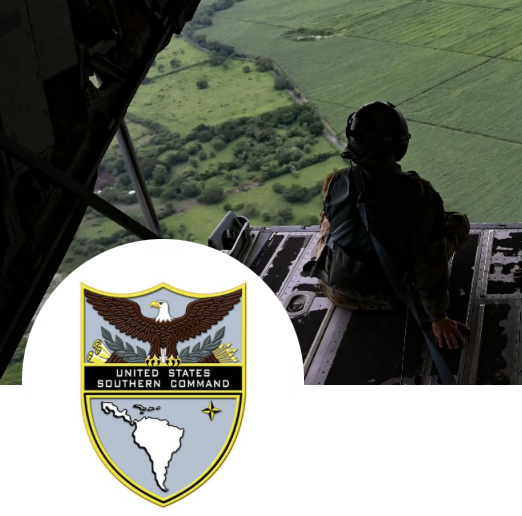The U.S. Southern Command Area of Responsibility encompasses 31 countries and 12 dependencies and areas of special sovereignty. The region represents about one-sixth of the landmass of the world assigned to regional unified commands.
SOUTHCOM´s Area of Responsibility includes:
- The land mass of Latin America south of Mexico
- The waters adjacent to Central and South America
- The Caribbean Sea
As early as this week, SOUTHCOM will be sending hundreds of Marines (700 has been touted) and special forces troops to Peru to train military and Peruvian National Police special forces units.
These same forces have carried out massacres and extra-judicial executions to suppress the mass protests against the coup regime of Dina Boluarte.
The secretary of the Commission for National Defence, Internal Order, Alternative Development and the Fight Against Drugs, Alfredo Azurín, was at pains to stress that there are no plans for the US to set up a military base in Peru and that the entry of US forces “will not affect national sovereignty.” Some opposition congressmen and women begged to differ, arguing that the entry of foreign forces does indeed pose a threat to national sovereignty. They also lambasted the government for passing the resolution without prior debate or consultation with the indigenous communities.
The de facto Boluarte government and Congress are treating the arrival of US troops as a perfectly routine event. And it is true that the US military has long held a presence in Peru. For example, in 2017, U.S. personnel took part in military exercises held jointly with Colombia, Peru and Brazil in the “triple borderland” of the Amazon region. Also, the US Navy operates a biosafety-level 3 biomedical research laboratory close to Lima as well as two other (biosafety-level 2) laboratories in Puerto Maldonado.
But the timing of the operation raising serious questions. After all, Peru is currently under the control of an unelected government that is heavily supported by Washington but overwhelmingly rejected by the Peruvian people. The crackdown on protests in the south of the Peru by the country’s security forces — the same security forces that US military personnel will soon be joining — has led to dozens of deaths. Peru’s Congress is refusing to call new elections in total defiance of public opinion. Just a few days ago, the country’s Supreme Court issued a ruling that some legal scholars have interpreted as essentially criminalising political protest.
Which raises the question?
